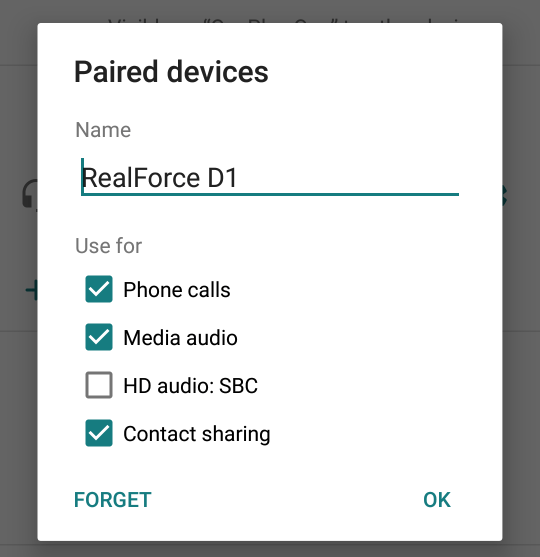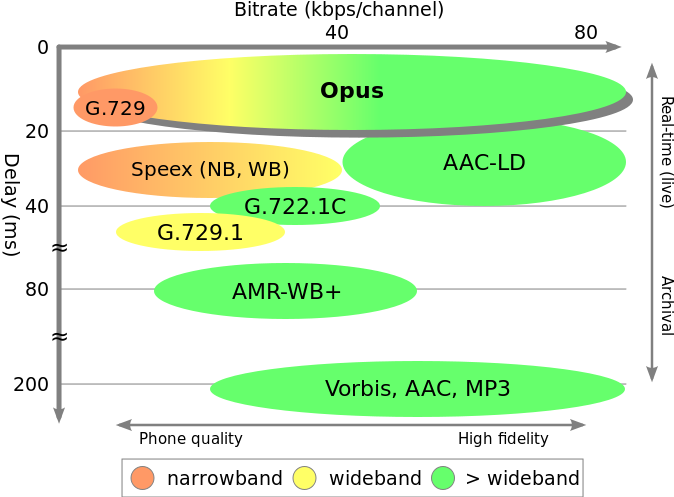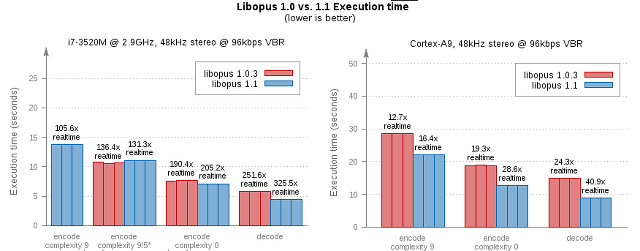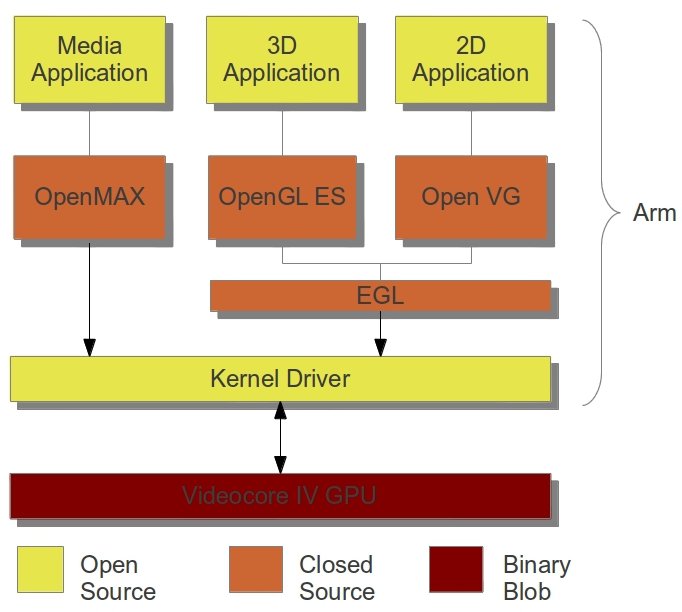A video codec for machines seems like a good topic for the first of April, or an article on the Onion. But based on a recent press release by Gyrfalcon Technology, this may become a real thing as the company partnered with China Telecom, and proposed a new video codec called “Video Coding for machines” (VCM) that provides compression coding for machine vision and human-machine hybrid vision. Apparently a recent study published by Cisco in 2018, humans will become bit players in the “video watching business”, and Machine-to-Machine (M2M) applications will represent the greatest usage of Internet video traffic over the next four years. So the goal of the VCM group will be to establish a new standard that will improve the previous generation video coding and decoding standards such as H.264 (AVC), H.265 (HEVC) and H.266 (VVC). Few details are provided so far, and I can’t find any VCM […]
Android Patch Brings Bluetooth SBC Codec Audio Quality on-par with aptX
In the context of CNX Software’s topics, SBC usually stands for “Single Board Computer”, but SBC also stands for “SubBand Codec“, a standard and mandatory Bluetooth codec which is supported by all headphones, portable speakers, car head units, and basically everything that plays audio over Bluetooth. SBC is known as a basic and low-quality Bluetooth codec, so people will often recommend using other codecs such as aptX, AAC or LDAC wherever possible, but ValdikSS has submitted a patch for Android which improves Bluetooth SBC codec audio quality on most existing devices, allegedly making it as good as the high quality aptX HD codec. ValdikSS explains this basically works by increasing the bitrate: My patchset bypass Android Bluetooth stack limitations and increase bitrate from stock 328 kbps to 452 or 551 kbps, depending on device speed capabilities. It’s already merged into LineageOS 15.1 and 16.0, Resurrection Remix and crDroid alternative Android […]
Opus 1.2 Allows for High Quality Stereo Music @ 32 Kbps, Speech @ 12 Kbps
The Xiph.Org Foundation has recently announced the release of Opus 1.2 open-source audio codec with ever lower high-quality audio bitrate for music (32 Kbps) and speech (12 Kbps), faster encoding and decoding, and other tweaks to the standard and library. If you’ve never heard about Opus or need to refresh your memory, you may want to read my previous article about Opus Open Source Audio Codec. The developers improve music quality by “adjusting the bit allocation trim, improving tonality analysis with better frequency resolution, and improving quality on signals with a few very powerful tones”. You can compare Opus 1.0, 1.1 and 1.2, and MP3 at different bitrates on Xiph website. You’ll need a browser that supports Opus and MP3 in HTML5 for this to work (Chrome, Firefox, and Opera do), or you may hear another sample as if Opus support is missing the file will be played as a […]
Perseus Video Codec Claims 2 to 3 Times Better Compression than H.265 using Legacy Hardware
H.265 (aka HEVC) is supposed to half the video bandwidth / bitrate required compared to H.264 by delivering the same quality, and VP9 should also offer equivalent compression, but it’s just not as broadly supported in media processors. UK based V-Nova claims its Perseus codec can even beat that, by providing 2 to 3 times better compression than H.265 thanks to a new approach to video encoding, that allow the codec to leverage existing hardware, meaning it can be encoded with existing computers, and decoded by leveraging the CPU and GPU parallel processing capabilities in existing mobile & computing devices. Perseus codec highlights: Highly efficient – >3x compression vs. state-of-the-art in practical use cases. Benefits further increase with increasing resolutions & frame rates. Extremely fast – Significant processing time reduction thanks to massively parallel architecture. Designed to take advantage of modern hardware Multi-scale (continuously hierarchical) – Single bit stream for […]
Opus Open Source and License-free Audio Codec Decreases Latency over VoIP Codecs, (Slightly) Betters MP3 and AAC Quality
I’ve just stumbled upon Opus, a relatively new audio codec, with the release of version 1.1 implementation which improves encoding quality for VBR audio, automatically detect audio or speech to select the best encoding mode, and improved 5.1 surround quality/compression ratio. The new release also bring speed improvements for all architectures, and specifically for ARM, where decoding uses around 40% less CPU and encoding uses around 30% less CPU thanks to the use of NEON compared to an earlier version. You can go to the online demo page to find more about the latest released, and try some of the latest improvements. This all looks fun, but I wanted to know more about Opus, and especially how it compares against MP3 or AAC. It turns out Opus was not originally designed to compete against MP3/AAC which are used to store audio, but instead it was meant to be used for […]
MPEG2 and VC-1 Codecs, H.264 Encode and HDMI CEC Are Now Available for the Raspberry Pi
Many people appear to have bought the Raspberry Pi in order to use it as a cheap media player by installing distributions such as Raspbmc or OpenElec. The only problem is that this low cost board was primarily designed as an educational platform, so the Raspberry Pi foundation only paid for H.264 licensing, which means you could only playback H.264 videos, and all other video codecs could not be played (by hardware) making it a rather poor media player. But things have improved, as the good people at the Raspberry Pi foundation have worked out a deal with the licensing organizations and now offer support for 2 new codecs: MPEG2 license key – 2.4 GBP (~3.8 USD) VC-1 license key – 1.2 GBP (~1.9 USD) Once those 2 codecs are enabled you should be able to play your DVD rips and most HD wmv files smoothly. The way it work […]
Raspberry Pi Codecs and Graphics/Video APIs
The Raspberry Pi Foundation has announced which codecs and API would be supported in the Raspberry Pi. The Raspberry Pi board will support the following Graphics and Video API via a set of closed source libraries that give access to the GPU acceleration features: OpenGL ES 2.0 – OpenGL is a 3D Graphics API defined by the Khronos Group. OpenVG – OpenVG is a 2D vector drawing API also defined by the Khronos Group. EGL – EGL is the interface between Khronos rendering APIs such as OpenGL ES or OpenVG and the underlying native platform window system. OpenMAX IL – OpenMAX supplies a set of API’s that provides abstractions for routines used during audio, video, and still images processing. OpenMAX defines 3 layers, Raspberry Pi library will provide an interface to the IL layer, which provides an interface between media framework such as Gstreamer and a set of multimedia components. […]









